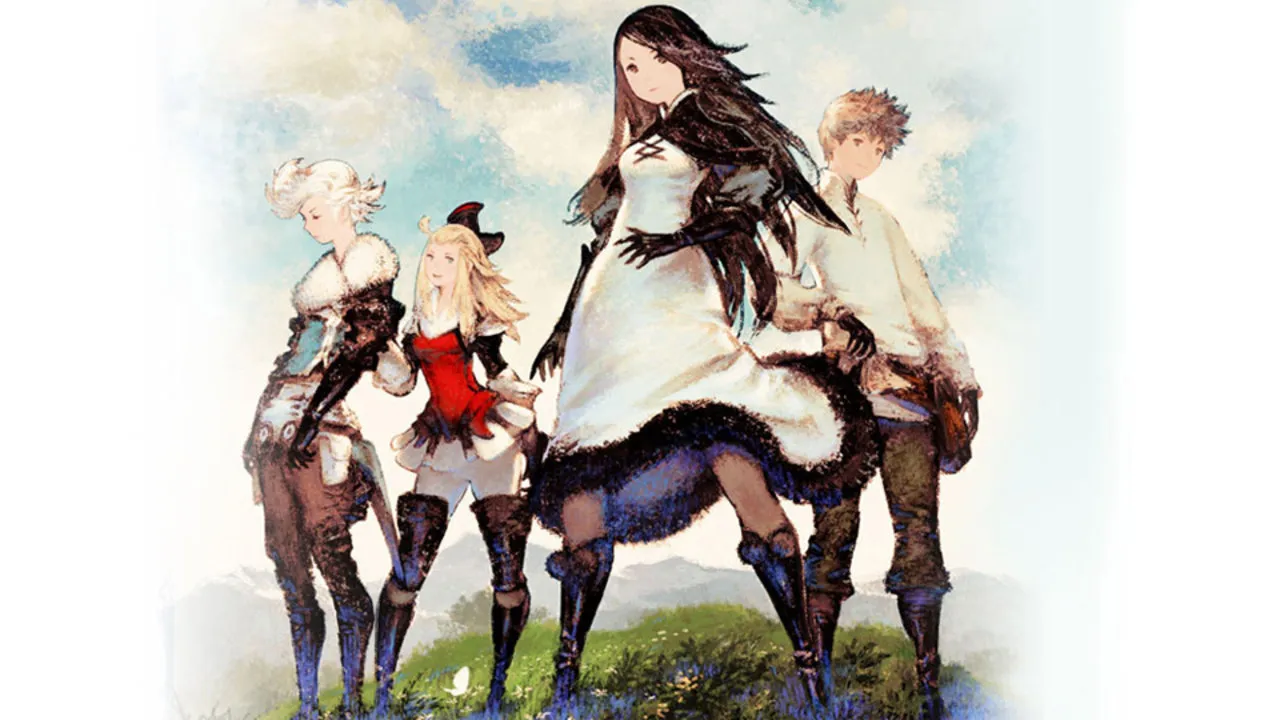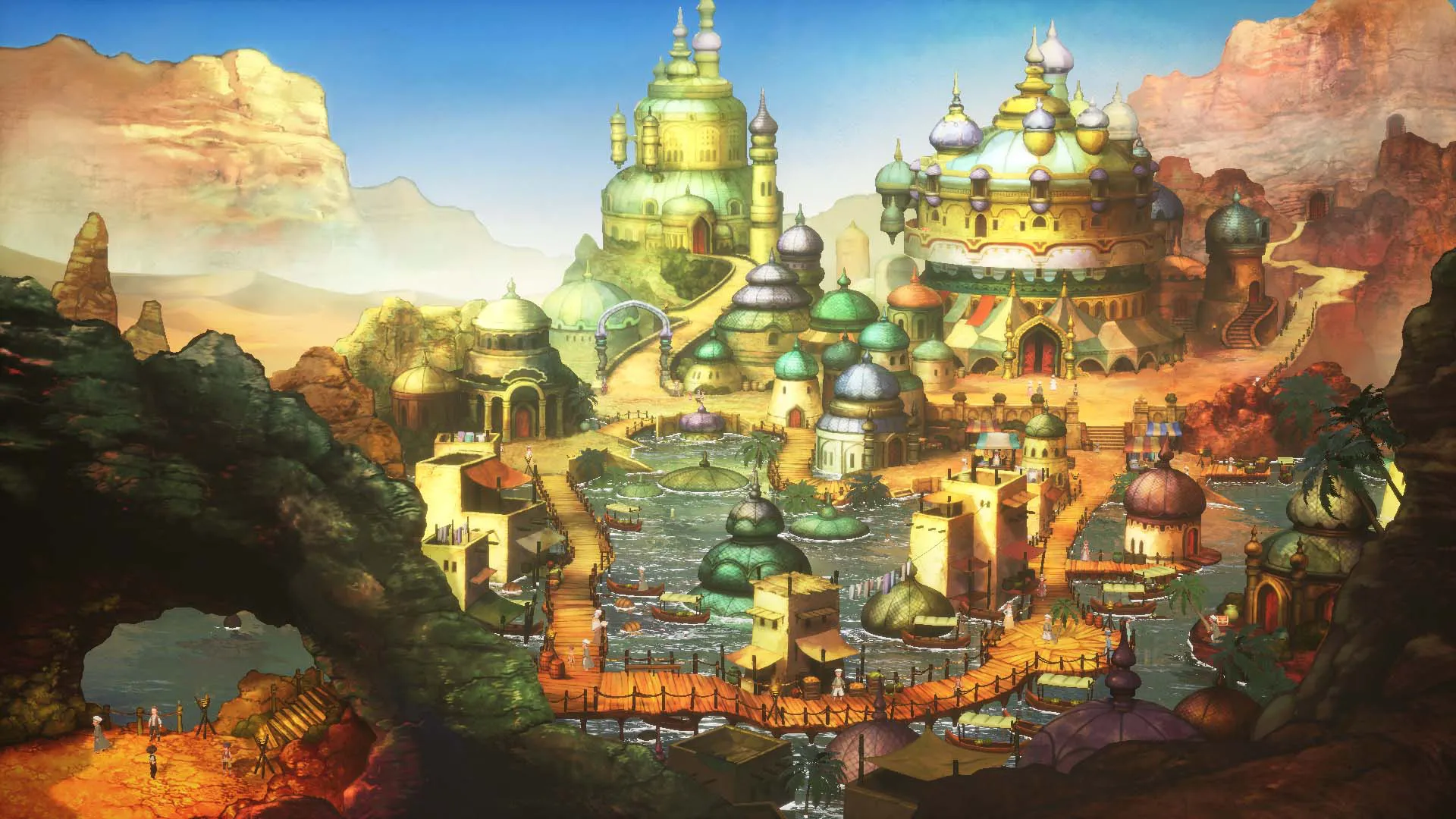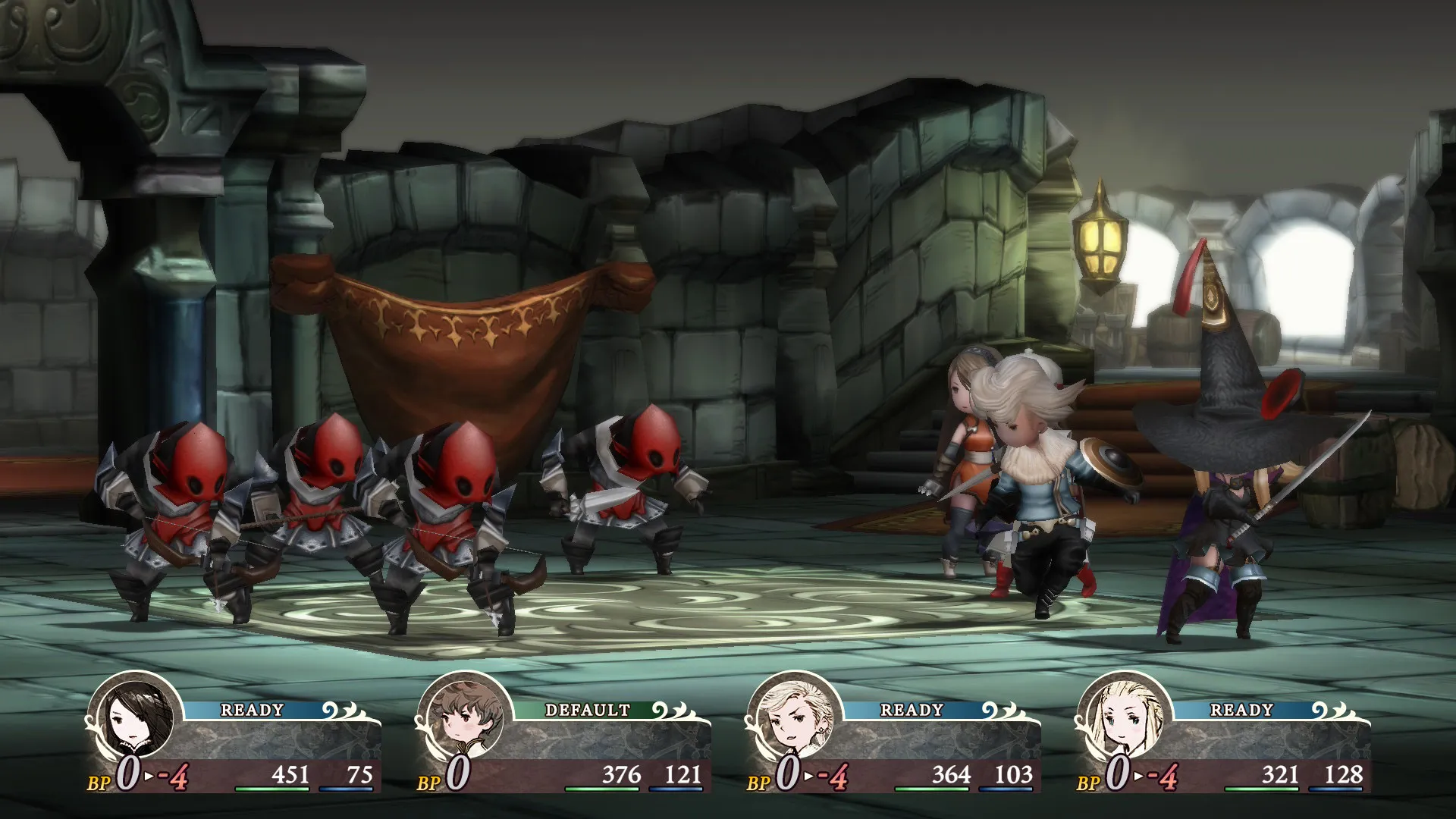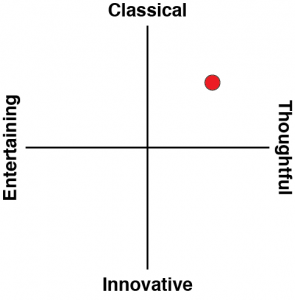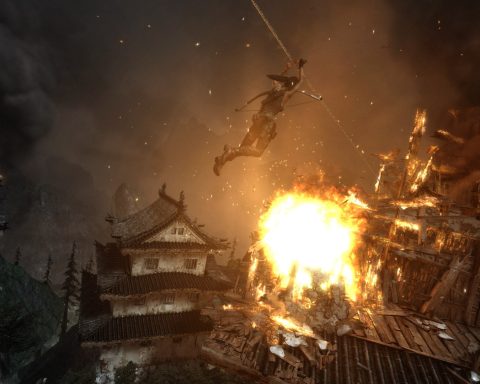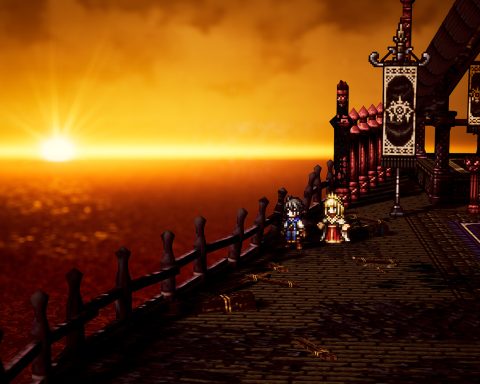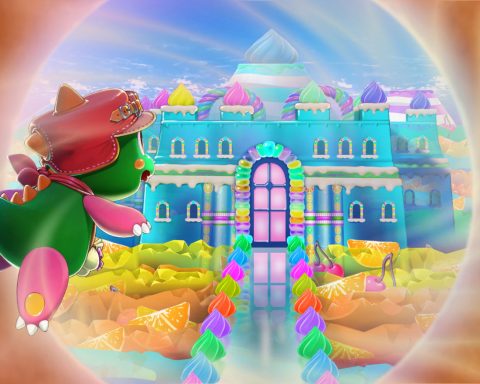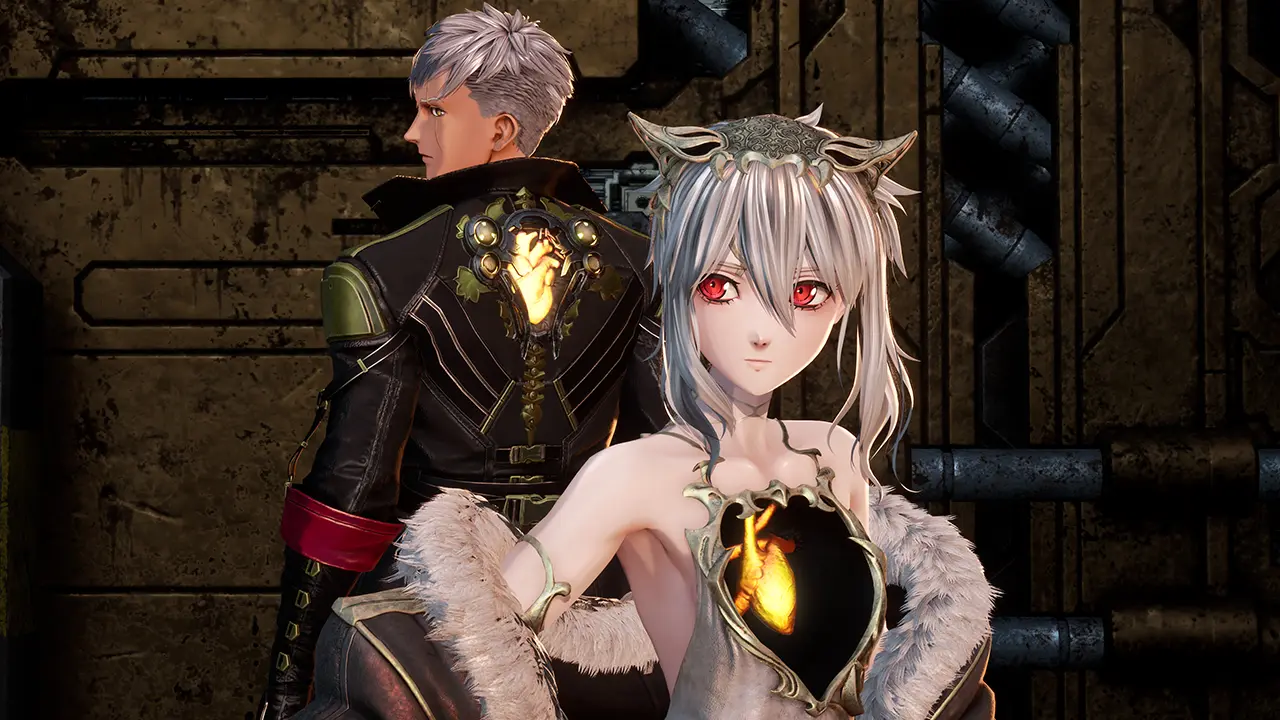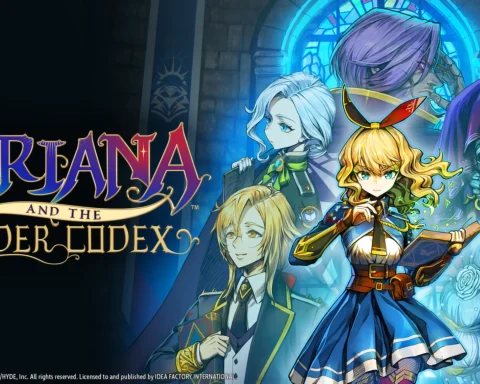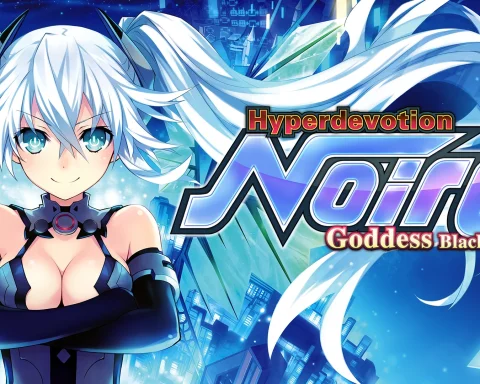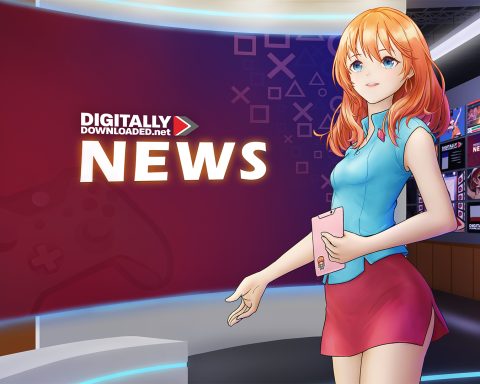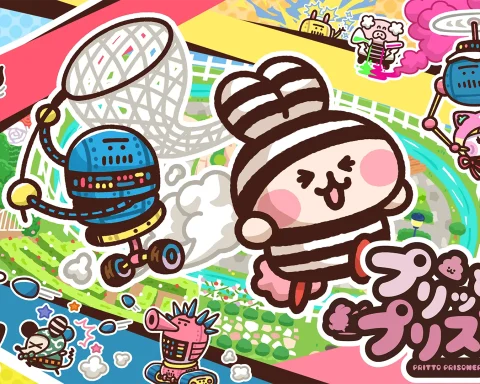It’s incredible to think that Bravely Default: Flying Fairy is 13 years old at this point. It feels like it was just yesterday that it was turning heads as a new spin on the JRPG genre and a brilliant homage to Final Fantasy in particular (Flying Fairy as the subtitle is not a coincidence). Now, it’s positively retro. It was also stuck on the 3DS until now, and I can’t think of a better title to launch with the Switch 2.
Bravely Default charts the story of four heroes bound by fate and crystals (sound familiar?) as they go on a quest to revitalise a world that is falling into decay, thanks to those crystals losing their energy (sound familiar?). Along the way, they acquire a wide range of job classes, which they can jump between at will (sound familiar?), and move from town to town solving local community problems that somehow stitch together to form the overarching grand narrative. It’s an epic tale for something that was originally on such a diminutive handheld, and it’s gorgeous on every level. Every new environment is a joy to experience thanks to the painterly art style. Characters are adorably chibi, with big, expressive heads that were clearly designed to convey feeling on a small and low-resolution screen but now have an artful charm that has been emulated many times over.
On the Switch 2, in 1080p, that art style is given room to breathe and we can finally appreciate the aesthetic vision that powered Bravely Default. This does come with a downside – the 3DS original release was cleverly designed to make good use of the console’s 3D effect, and we lose that on the Switch, but the trade off is that we can now fully appreciate the fine details that were impossible to see previously, so I consider this to be a substantial upgrade. This is a truly gorgeous game.
While the overarching narrative is deliberately a cliché – Bravely Default aims to give the genre fans nostalgic comfort food rather than break with genre traditions of deterministic storytelling and straightforward moralising – the characterisation is exquisite. Especially Edea and Ringabell. Edea is a turncoat warrior from an evil empire that throws her lot in with the heroes after realising just how sadistic her side is. She has an adorable temper – “Mrgrgr” very nearly broke into the mainstream gaming lexicon back when Bravely Default first launched – but backs that kitten-like fierceness with a heart of gold that makes her so lovable. Ringabell, meanwhile, is the most fun pervert in JRPG history. I aspire to get away with the nonsense Ringabell comes out with.
These characters often get to bounce off one another via incidental conversations that occur as they move around the world, and there’s so much warmth and humour in these interactions. It’s like the best of Bandai Namco’s Tales series blended with the best in Final Fantasy, and one of the main reasons I don’t think the series’ two sequels quite hit the heights of this game is that the casting is just so special in this game.
When it comes to the gameplay, Bravely Default was a pioneering title that introduced the genre to the “bravely” and “default” systems. In a traditional JRPG, each character can take one action on their turn. In Bravely Default, you can play a bit riskier, and queue up to four actions in one turn. The downside to doing that is that after you’ve done your four attacks, or cast the four spells, or used the four abilities, you need to wait several turns to act again.
Or, alternatively, you can “default,” which puts your character into a defensive stance and allows them to stockpile a bonus turn. The downside to doing this is the enemy gets free actions, but the benefit to doing so is that after a few turns, you can go ballistic and then still have actions left for the turn after it.
This system would later go on to be used in the rest of the Bravely Default titles, Octopath Traveler, and in variations in other games as well. In Bravely Default the implementation isn’t perfect, since you can defeat most common enemies by simply using up all your attacks in the first turn. This is a bit grindy as it means that in each normal battle, you’ll be pressing a lot of buttons for the same outcome (a first-turn victory), over and over again. However, in boss battles, Bravely Default shows teeth, really forcing you to carefully manage both the use of bravely and default actions to calibrate the right balance between attack and defence.
With some 20 job classes available, each with their own levelling system, there’s plenty of tactical variety in class combinations. Almost importantly, each of the classes gives each character a different costume, and finding the cutest combination is almost as important as how effective they are in battle.
Aside from the massively improved resolution, there’s not much to this remaster. The developers threw in a small handful of additional mini-games which make use of the Switch 2’s features, though those come across as gimmicky and stop being fun a few minutes after you play around with them.
Then again, Bravely Default didn’t need fixing, and simply rescuing it from the 3DS is more than enough. This is a beautiful, heartfelt, and wonderfully classical JRPG, and as much as I love Mario Kart, over the past week, I’ve wanted to play this one so much more.
